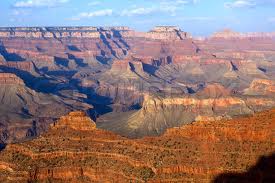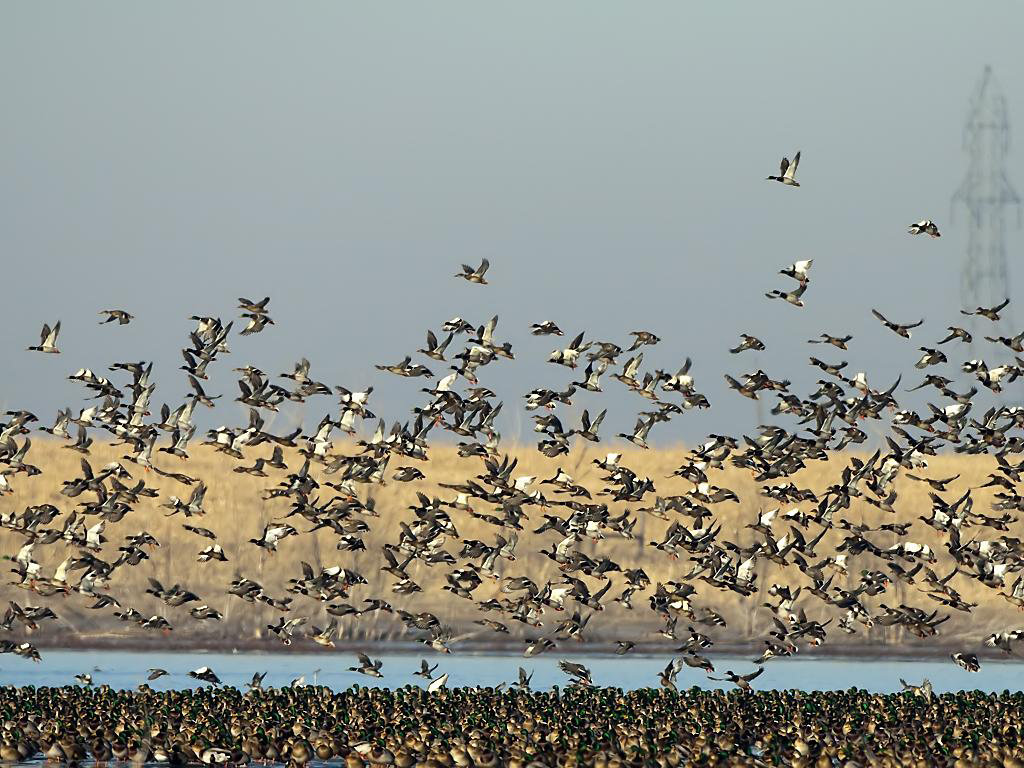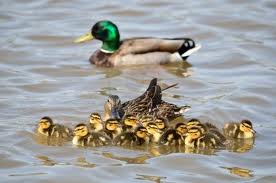|
1. Hydroclimate variability and change in the Prairie Potholes Region, North America's "Duck Factory" - PDF The Prairie Pothole Region (PPR) of the northern Great Plains is a vital ecosystem responsible each year for producing 50%–80% of new recruits to the North American duck population. Climate variability and change can impact the hydrology and ecology of the region with implications for waterfowl populations. The historical relationship between PPR wetlands, duck populations, and seasonal hydroclimate are explored. Model experiments from phase 5 of the Coupled Model Intercomparison Project are used to determine whether a recent wetting trend is due to natural variability or changing climate and how PPR hydroclimate will change into the future. Year-to-year variations in May duck populations, pond numbers, and the Palmer drought severity index are well correlated over past decades. Pond and duck numbers tend to increase in spring following La Niña events, but the correlation is not strong. Model simulations suggest that the strengthening of the precipitation gradient across the PPR over the past century is predominantly due to natural variability and therefore could reverse. Model projections of future climate indicate precipitation will increase across the PPR in all seasons except summer, but this gain for surface moisture is largely offset by increased evapotranspiration because of higher temperatures and increased atmospheric evaporative demand. In summer, the combined effects of warming and precipitation changes indicate seasonal surface drying in the future. The presented hydroclimate analyses produce potential inputs to ecological and hydrological simulations of PPR wetlands to inform risk analysis of how this North American waterfowl habitat will evolve in the future, providing guidance to land managers facing conservation decisions.
The Prairie Potholes Region (PPR) is a remarkable area of the northern U.S. Plains and Canadian Prairies that has some 8 million or so glacial potholes that now comprise a tremendous wetlands environment that is the world's largest waterfowl habitat. Some 85% of North American mallards breed and raise their young in the PPR, often migrating great distances to the PPR in spring and returning home at the end of the summer. Hence the PPR is known as the "duck factory of North America". The PPR is under stress as a waterfowl habitat because of elimination of ponds to enable agricultural expansion. In addition, climate change will impact the region. Over the past decades the region has in general been getting wetter, especially in the southeast where duck populations have increased. In our Ballard et al, 2014 study we examine the past and future hydroclimate of the PPR using observations and climate model simulations from the latest Coupled Model Intercomparison Project 5 (CMIP5) to be assessed for Intergovernmental Panel on Climate Change Assessment Report Five (IPCC AR5). The main findings are:
|
 EASM2: LINKING NEAR-TERM FUTURE CHANGES IN WEATHER AND HYDROCLIMATE IN WESTERN NORTH AMERICA TO ADAPTATION FOR ECOSYSTEM AND WATER MANAGEMENT EASM2: LINKING NEAR-TERM FUTURE CHANGES IN WEATHER AND HYDROCLIMATE IN WESTERN NORTH AMERICA TO ADAPTATION FOR ECOSYSTEM AND WATER MANAGEMENT | |
| Lamont-Doherty Earth Observatory of Columbia University 61 Route 9W Palisades, NY 10964
| |
|
| |

